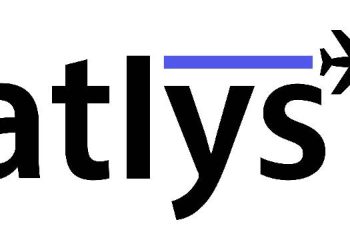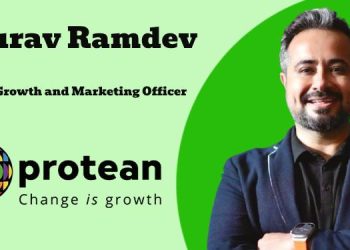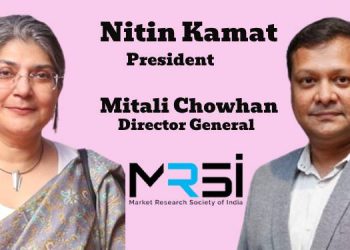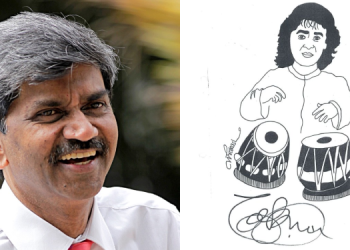New Delhi: Hindi content, Salman Khan, Kareena Kapoor, Priyanka Chopra, Reliance Jio and online videos have been the hottest content trends of 2016, according to a latest report analyzing key content preferences of Indian consumers on the mobile released by UC News, a content and news distribution platform that is part of Alibaba Mobile Business Group.
 Commenting on the recent findings, Jack Huang, President, Overseas Business, Alibaba Mobile Business Group said, “Content consumption across the globe is increasingly happening in digital formats. Mobile digital consumption has gained major traction over desktop, aiding popularity of different content formats. Not just that, multiple new-age digital media platforms are challenging the traditional mediums. With greater mobile penetration and increasing internet access speed, we expect the Indian market to evolve fast and emulate China when it comes to paradigm shifts in digital content consumption.”
Commenting on the recent findings, Jack Huang, President, Overseas Business, Alibaba Mobile Business Group said, “Content consumption across the globe is increasingly happening in digital formats. Mobile digital consumption has gained major traction over desktop, aiding popularity of different content formats. Not just that, multiple new-age digital media platforms are challenging the traditional mediums. With greater mobile penetration and increasing internet access speed, we expect the Indian market to evolve fast and emulate China when it comes to paradigm shifts in digital content consumption.”
– Total Online Time Spent on Content Surges; Content in Hindi read 4.9 times more than English; Entertainment Most Popular Content
Total time spent consuming content on the mobile has seen a sharp uptick of 230% in Q4 versus Q3. The total page views on UC News also rose over 290% with content in Hindi seeing maximum traction. Indian users read in Hindi almost five times more than English on the mobile in 2016.
For Indians reading in English, entertainment content followed by technology and then sports are the most popular categories online. Most popular Hindi-language content is from the Entertainment category, followed by Society and Politics. As much as 73% of online content consumers are tagged under the Entertainment Category with 58% prefer to read social and civil news. 37% of the online content users like to read up on sports, especially cricket.
Sharing more insights, Kenny Ye, GM, Overseas Business, Alibaba Mobile Business Group said, “With a fast growing mobile internet population, Hindi content consumption in India has taken off in a big way in 2016. Hindi content focused on Bollywood news and celebrities clocked in highest page views and readership on the mobile. It was consumed over two times more than politics and technology content and content with Hindi keywords hit over 8 times more readership than content with English keywords.”
– U.P, Maharashtra most news-obsessed States; Salman, Kareena, Priyanka, Virat most Popular Celebrities
Uttar Pradesh registered highest number of news readers, followed by Maharashtra and Delhi.
Rajasthan, Kerala, Gujarat and Bihar are tied up at the fourth place. Increased internet reach and lower prices are pushing users in tier 2 and 3 towns to upgrade from feature phones to smartphones. Many a first-time mobile users are now coming straight on the smartphone, making it a single most important device to meet all their internet, entertainment, content and shopping needs.
Salman Khan remains the undisputed king of Bollywood, retaining the title of ‘Most Viewed Bollywood Actor’. Priyanka Chopra is the most popular female actor amongst English readers whereas Kareena Kapoor Khan scores with the Hindi-reading audiences.
When it comes to Sports, Virat Kohli and Mahendra Singh Dhoni came out on top with Kohli bagging 108 million page views across Hindi and English content.
– Video-integrated Content Draws Maximum Engagement; Reliance Jio Hottest Keyword
Photo and video-related content draws higher engagement and significantly outperforms content without any images. Video content on mobile has seen a sharp surge of 30% whereas content with a photograph or pictorial depiction has worked 1.7 times better than its counterpart.
Reliance Jio is the Hottest Keyword of 2016 with 116 million page views in both Hindi and English content, owing to the group’s launch of multiple free calls and data services in a scenario where telecom companies are struggling to provide faster and deeper connectivity.
– Content from ‘We-Media Program’ to see a major spurt
Now, more than ever, there is increased readership of content from self-publishers and key opinion leaders. With growth in consumption of Information Feeds, non-conventional News Feeds – including blog posts, independent write ups, imagery feeds, videologs, short video content, and more have become a huge hit. UCWeb has been setting new trends under UC We-Media program where people get an opportunity to create, to write, share thoughts and engage with their followers on UC News. Their content can also reach the target readers with help of Big Data technology and smart content distribution system. By analyzing the data of readership on We-Media, UCWeb foresees a huge spurt of self-publishers and online content creators in India with a yawning demand-supply gap.
“There is huge potential for user generated content in India. The self-publishing and online content creating industry is set for a major leap, emulating growth in the China market. There are more than 600 mn mobile users and 20 mn online content creators in China. India currently has 371 mn mobile users with miniscule contribution from self-publishing. UCWeb’s We-Media Program saw an increase of 184% and 348% (MoM) in its page views of English and Hindi We-Media content respectively in the month of November. Humour and Offbeat content are most popular amongst audiences reading in Hindi while Entertainment and Lifestyle scored with users reading in English. We will continue to invite more key opinion leaders and self-publishers to join We-Media program to offer unique and quality content on UC News”, added Jack Huang, President, Overseas Business, Alibaba Mobile Business Group.
With increasing demand of online content consumption, UCWeb’s flagship product UC Browser has transformed itself from being the largest mobile browser to a leading content distribution platform in India by integrating with news feeds from UC News. It is now an ideal platform for accessing different kinds of content and the first choice option for mobile browsing.
Men continue to be the dominant user group of UC News by almost 6 times versus women. Over 87% of UC News users are below-30 age bracket with almost 75% users below 25 years of age.

















